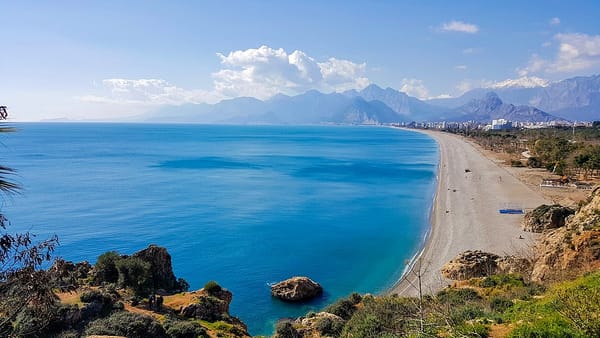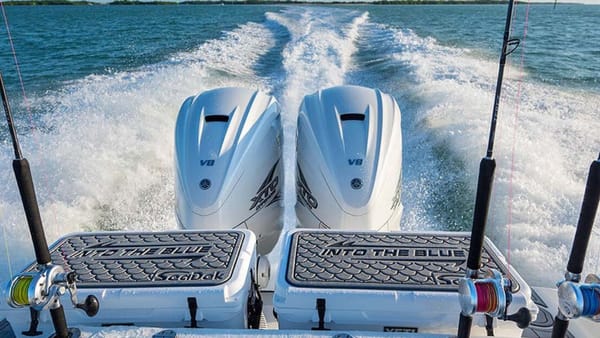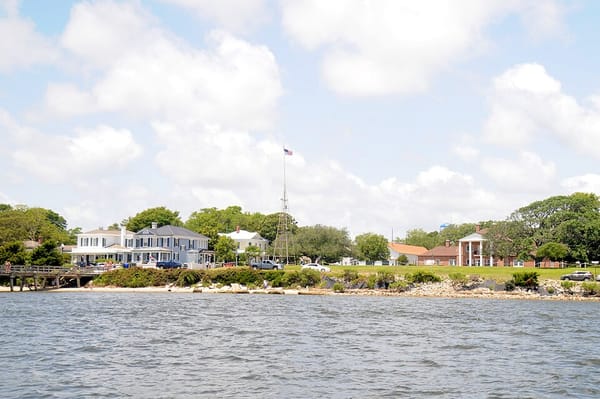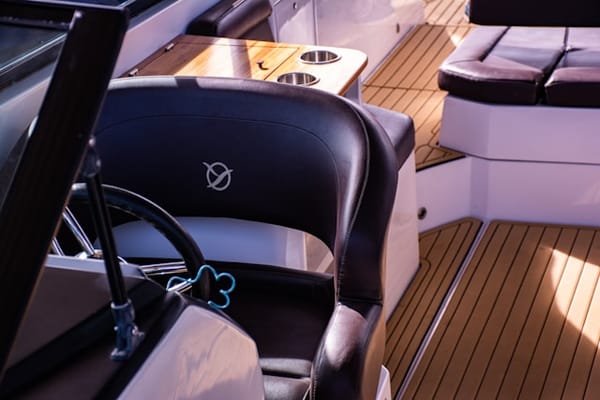Boating Safety: Carbon Monoxide Concerns
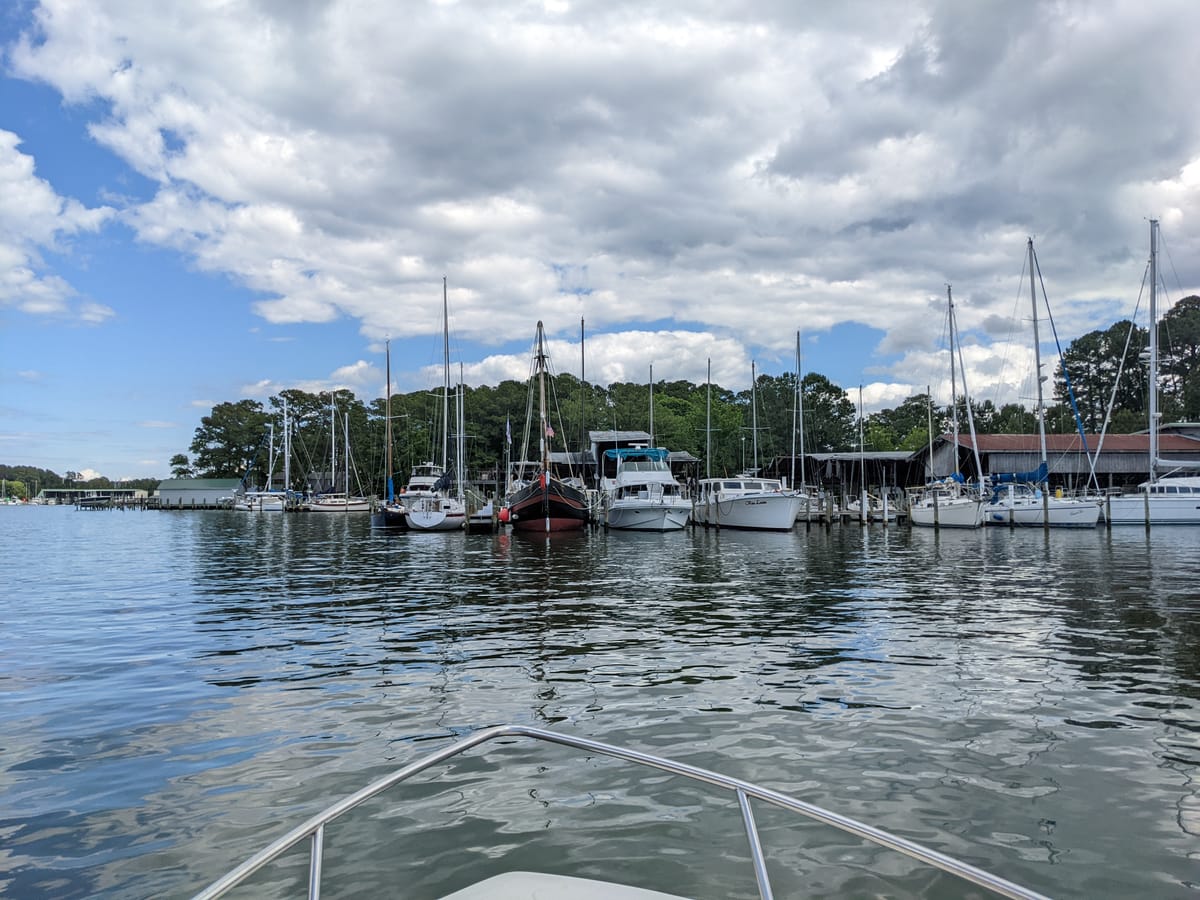
Boating offers a fantastic escape while allowing us to relax in nature and enjoy the tranquility of the water. While we’re often mindful of life jackets and navigation, a safety concern that tends to be overlooked is carbon monoxide (CO) exposure.
This invisible, odorless and tasteless gas can pose serious threats to boaters, making it crucial to understand how to prevent CO poisoning and protect everyone onboard. Whether you’re a full-time liveaboard boater or a weekend warrior - and whether you stay at a marina, a private boat dock rental or a transient slip - CO poisoning and prevention is an important issue that you need to be aware of.
What is Carbon Monoxide?
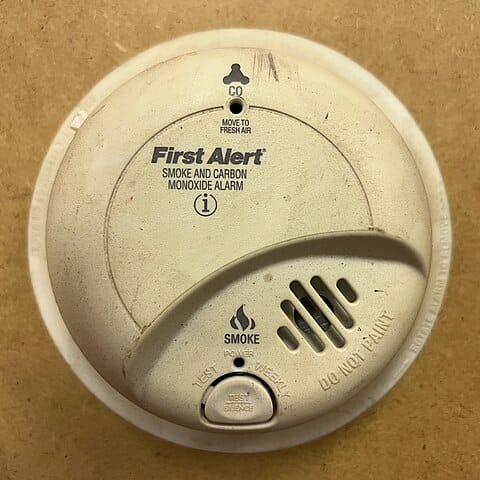
Carbon monoxide (CO) is a byproduct of burning fossil fuels like gasoline, diesel or propane, which are commonly used to power boat engines, onboard generators and other equipment. Since it is colorless and odorless, it’s nearly impossible to detect without specialized equipment, making it a silent danger.
CO is highly toxic because it binds to hemoglobin in the blood more efficiently than oxygen, depriving the body’s organs and tissues of necessary oxygen. Prolonged exposure can lead to symptoms like dizziness, headaches, confusion, unconsciousness and, in severe cases, death.
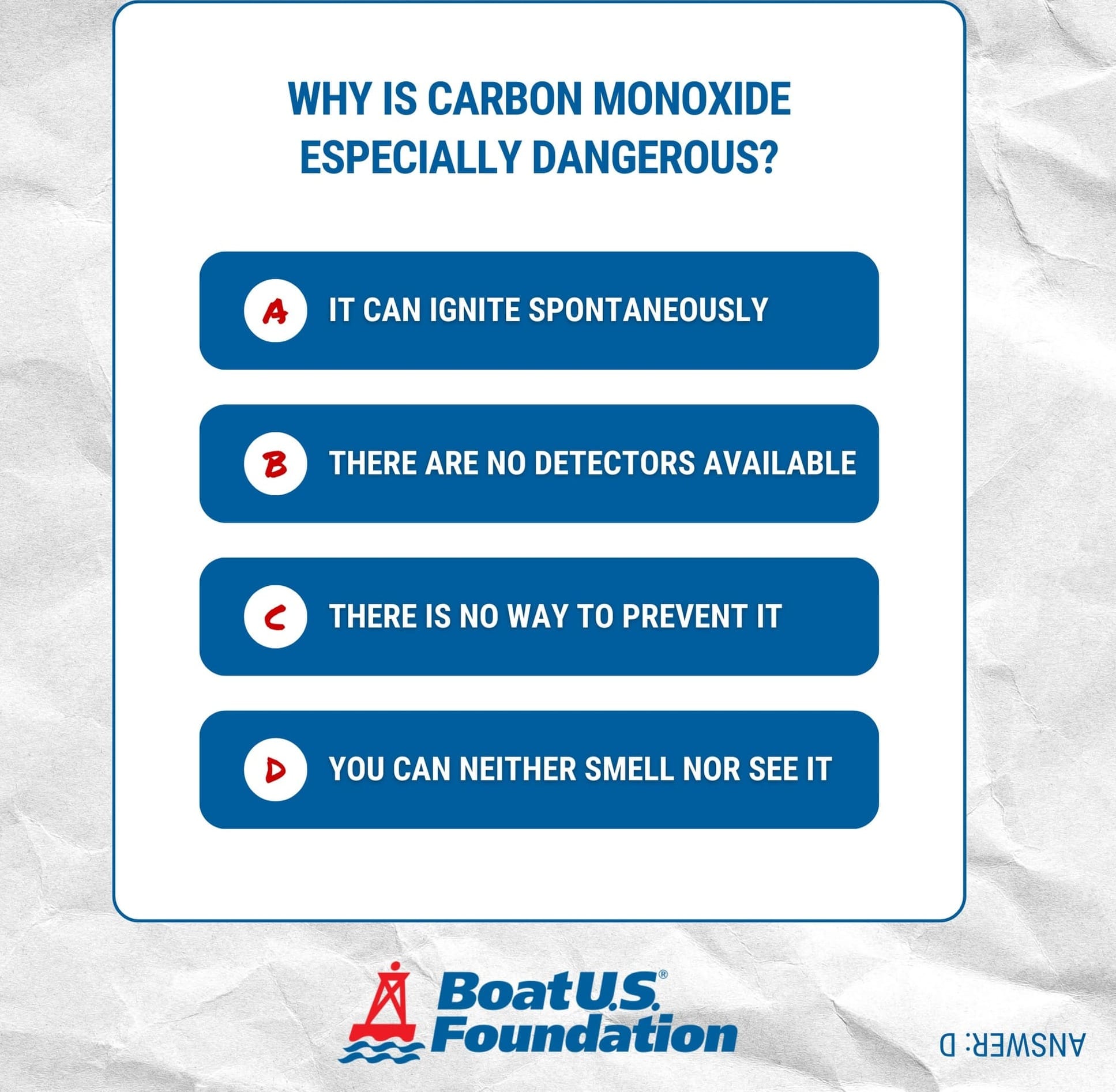
How Does CO Accumulate on Boats?
Boats, especially those with enclosed cabins or confined spaces, are at significant risk of CO buildup. Common sources of CO on boats include:
- Engine Exhaust: Most boats have an inboard or outboard engine that emits exhaust gasses, including CO. If exhaust systems are not properly vented, CO can build up in and around the boat.
- Portable Generators: Many boaters use generators for electricity, but if these aren’t properly ventilated or if exhaust gasses are trapped by wind or surrounding structures, CO can accumulate.
- Propane-Powered Equipment: Heaters, stoves and refrigerators that run on propane can emit CO if not properly vented.
- Backdrafting: Wind conditions, slow speeds or idling can cause CO gasses to flow back into the boat’s cockpit, cabin or other areas, especially in older or improperly maintained boats.
- "Station Wagon" Effect: This occurs when moving air (such as wind or the boat's motion) creates a low-pressure area behind the boat’s stern, sucking CO gasses into the boat’s cabin or seating areas.
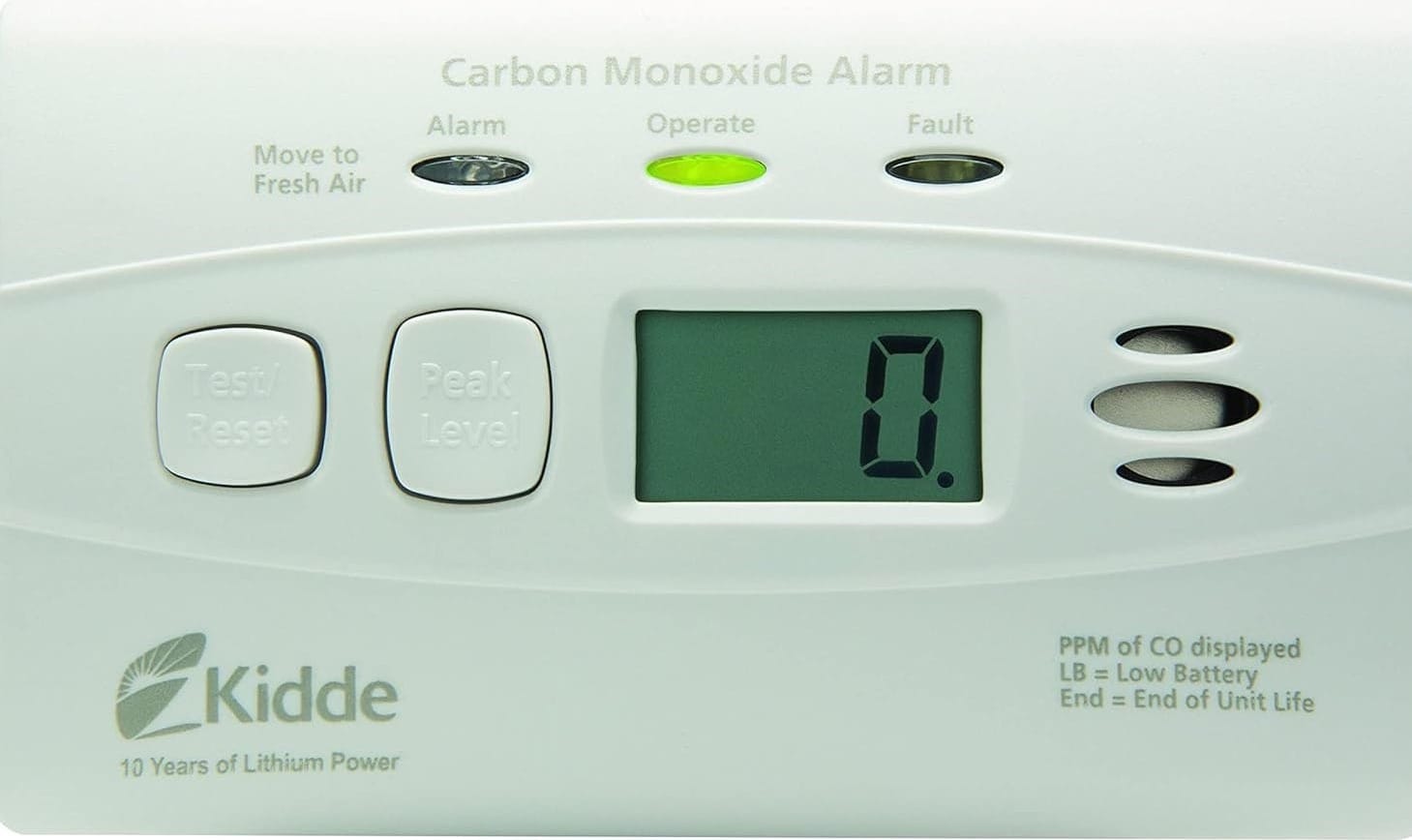
Symptoms of CO Poisoning
Early symptoms of CO poisoning are often mistaken for seasickness or intoxication, which delays recognition and response. Symptoms can include:
- Headache
- Dizziness
- Nausea
- Confusion
- Fatigue
- Shortness of breath
- Weakness
In severe cases, the victim may lose consciousness or die without any warning signs.
Preventing CO Poisoning on Boats
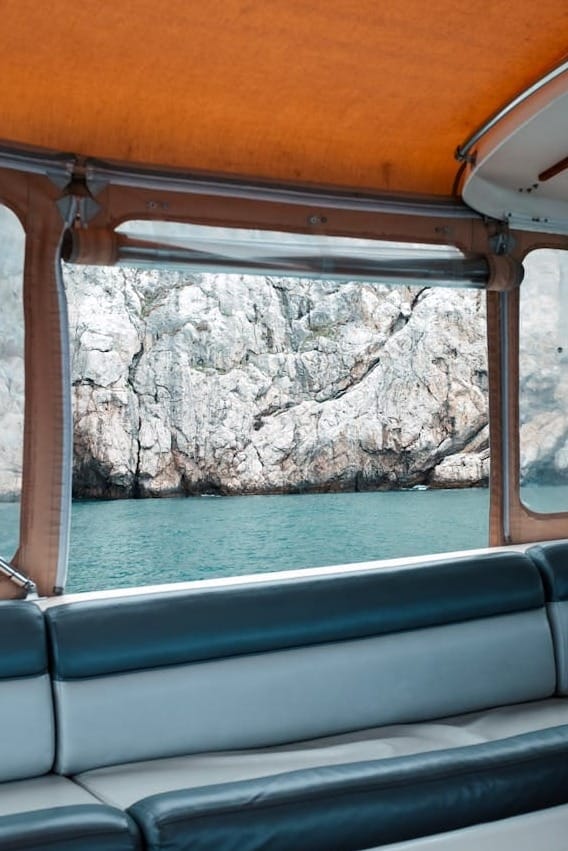
Fortunately, CO poisoning is preventable with the right precautions. Boaters should follow these essential steps to minimize the risk.
1. Install and Maintain CO Detectors
- Every boat with an enclosed cabin or living space should have marine-rated carbon monoxide detectors regardless of whether you keep it at a marina or a private boat lift rental.
- Install marine CO detectors in sleeping and living areas.
- Test your CO detectors regularly and replace batteries as needed.
2. Proper Ventilation
- Ensure all exhaust systems, including engine and generator exhausts, function correctly and are properly vented.
- Keep cabin doors, windows and hatches open when engines or generators are running to allow fresh air to circulate.
- Ensure portable generators are positioned away from the boat and vented downward and away from areas where people congregate.
3. Routine Inspections
- Conduct regular maintenance on the boat’s engine, exhaust systems and other fuel-burning appliances.
- Inspect exhaust hoses and connections for leaks or signs of wear.
- If you suspect an exhaust leak or CO buildup while you’re on the water or back at the boat dock rental, shut down the engine or generator immediately and allow time for the boat to ventilate before investigating.
4. Avoid the “Station Wagon” Effect
- Avoid boating in reverse or idling for extended periods, especially in enclosed or covered areas, as CO can accumulate near the stern.
- Be cautious when using canvas enclosures, both underway and at private boat slips for rent. These enclosures can trap exhaust gasses inside the boat.
5. Know the Weather and Water Conditions
- Be aware of wind and water conditions that can cause backdrafting or allow CO to flow into the boat.
6. Education and Awareness
- Ensure that everyone onboard knows the symptoms of CO poisoning and what to do in case of exposure.
- Always have an emergency action plan, including moving passengers to fresh air and seeking medical attention if needed.
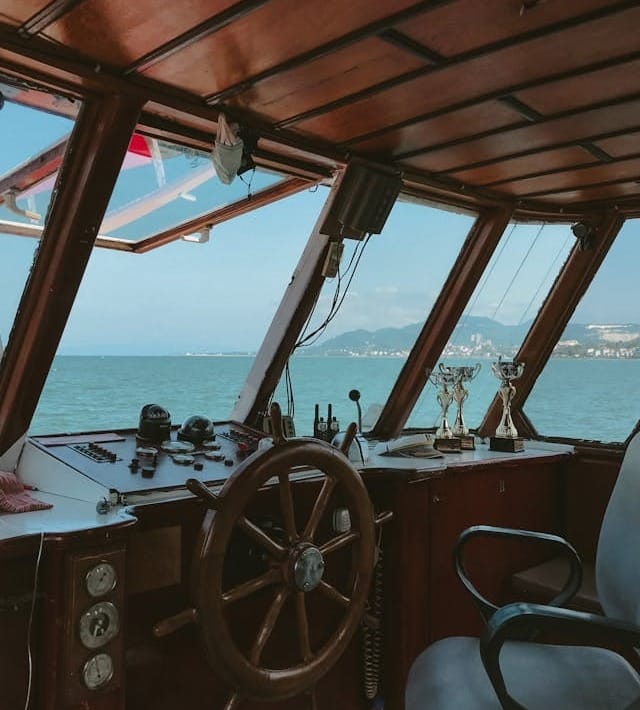
Immediate Action in Case of CO Poisoning
If you suspect that someone on your boat is suffering from CO poisoning, follow these steps immediately:
- Move the person to fresh air: Get them out of the enclosed space and into the open.
- Shut off all fuel-burning appliances: Turn off the engine, generator and any other equipment that produces exhaust.
- Call for help: If symptoms are severe, seek medical attention as soon as possible. CO poisoning can be life-threatening, and rapid treatment is critical.
- Provide oxygen: If you have access to an oxygen kit, administering oxygen can help reduce the effects of poisoning while waiting for emergency help.
